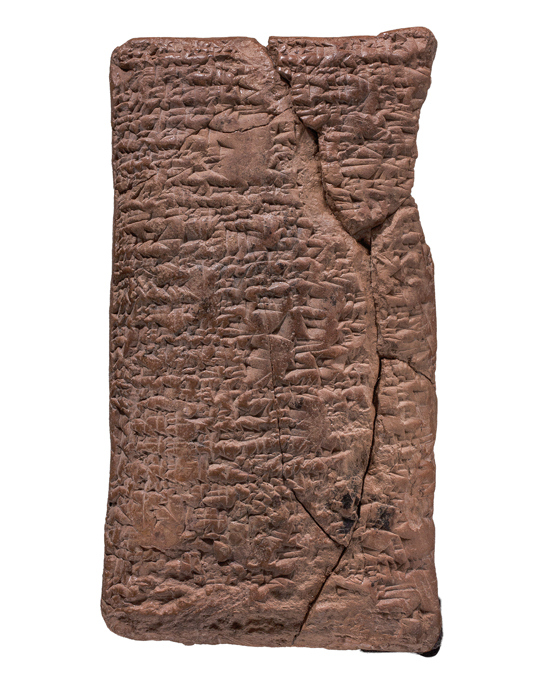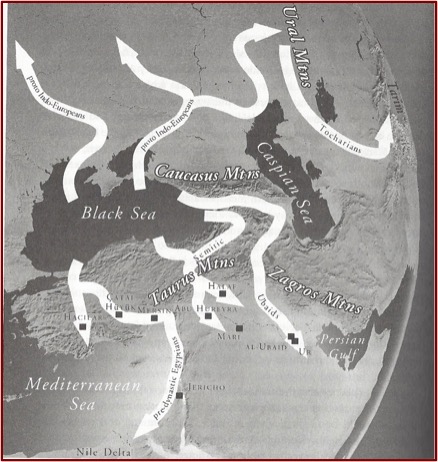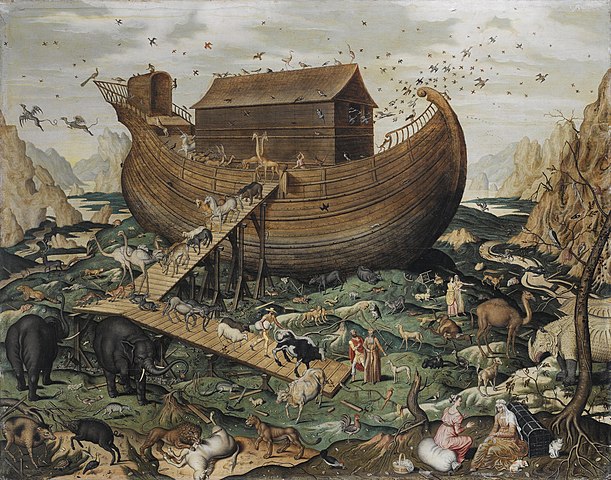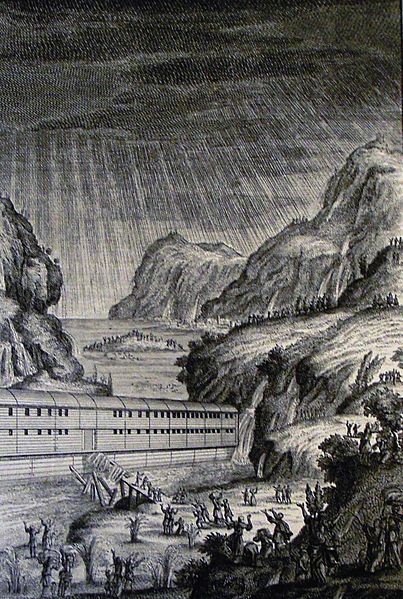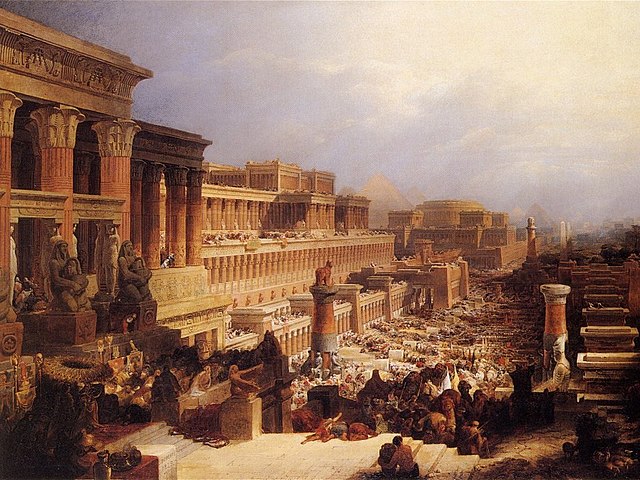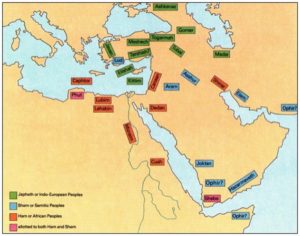Unveiling the Suffering Servant
The Pharisees and Sadducees were playing a game of “Stump the Prophet” with Jesus. They tried unsuccessfully to catch him with a question about paying taxes, and then one on marriage and the resurrection. Each time Jesus astonished them with his answer. Then Jesus turned the tables and asked them a question about the Messiah, the Christ. Referring to Psalm 110:1, Jesus asked them if the Messiah was the son of David, how could David call him Lord? They couldn’t answer him, with Matthew saying, “And no one was able to answer him a word.”
110 A Psalm of David
1 The Lord says to my Lord: “Sit at my right hand, until I make your enemies your footstool.” 2 The Lord sends forth from Zion your mighty scepter. Rule in the midst of your enemies! 3 Your people will offer themselves freely on the day of your power, in holy garments; from the womb of the morning, the dew of your youth will be yours. 4 The Lord has sworn and will not change his mind, “You are a priest forever after the order of Melchizedek.” 5 The Lord is at your right hand; he will shatter kings on the day of his wrath. 6 He will execute judgment among the nations, filling them with corpses; he will shatter chiefs over the wide earth. 7 He will drink from the brook by the way; therefore he will lift up his head.
In his commentary on the Psalms, Tremper Longman said Psalm 110 was a royal hymn, delivered at the temple by a prophet, as part of the ceremony to a newly minted king. It contains two divine oracles (vv. 1, 4) directed to the king (Adonai, Lord) from God (Yahweh, Lord) In both verses, the use of Lord translated the Hebrew word, Yahweh. Some translations, like the ESV, renders Lord in small caps print to signify Yahweh. The second use of Lord in verse 1 translated the Hebrew word Adonai.
Longman further noted how God was envisioned as a Warrior, subduing the enemies of the Lord (Adonai) king—symbolically making them the king’s footstool. “The picture of the enemies as the king’s footstool points to the king’s dominance and control and the enemies’ humiliation.” Sitting at God’s right hand was symbolic of a position of honor and power. The IVP Background Commentary: Old Testament said an armed warrior sitting to the right of a king or lord would have the privilege of defending him, with his shield in his left hand and his sword in his right hand. “For a king to put someone there would be an affirmation of trust and therefore honor.” However, when the Lord takes up his position at someone’s right hand (as in verse 5), he is in a position to offer defense with his shield.
Through his warring activity, God (Yahweh) will extend the king’s rule, symbolized by his scepter, from Zion. Zion was the stronghold of the Jebusites captured by David (2 Samuel 5:7) and renamed the “city of David.” The Lexham Bible Dictionary said the significance of Zion developed over time. It became the Temple Mount, the place where God was present with his people (Psalm 78:68-69); it referred to Jerusalem more generally (Psalm 51:18); and could even designate the people of Israel as a whole (Isaiah 51:16).
Then with an interesting twist, the Lord (Yahweh) declares the king will be a priest forever, after the order of Melchizedek (110:4). Christian tradition would come to embrace Melchizedek as a precursor to Christ. The writer of Hebrews developed this connection in chapter 5, quoting Psalm 110:4 in 5:6, and then saying in 5:9-10: “And being made perfect, he [Jesus] became the source of eternal salvation to all who obey him, being designated by God a high priest after the order of Melchizedek.”
Notice in verse 5, it is the Lord (Adonai) who is at your right hand, “protecting him and fighting in his behalf.” The Hebrew word adonai usually refers to men, as when Sarah laughed to herself (Genesis 18:12), saying: “After I am worn out, and my lord is old, shall I have pleasure?” If that is the way adonai is understood here, then verses 5-7 in Psalm 110 would be seen as affirming the armed warrior sitting to the right of his Lord (Yahweh), defending him. But here, there is a particular grammatical construction (o;ădōnā[y]), that always refers to God, according to Robert Alden in the Theological Word Book of the Old Testament. Adonai appears in this form more than 300 times, mostly in Psalms (as here), Lamentations and the latter prophets.
So, this changes who is doing the defending, the shattering of kings and chiefs, the executing of judgment in verses 5-7. It is the Lord (God), not a human lord (adonai). With this understanding, the Lord God is now taking up the role of defending (“The Lord [Yahweh] is at your right hand”), and becomes a fulfillment of verse 1, where unequivocally, it is the Lord (Yahweh), who will make the enemies of the Lord (Adonai), a footstool. If the use of adonai is misunderstood as referring to a human lord here, it can lead to the expectation of the Messiah as one who would restore Israel.
By the time Jesus was being questioned in Matthew 22, Psalm 110 was understood by the Pharisees to be referring to the Messiah, who they thought would restore Israel to its golden age. Interestingly, the psalm is cited more often than any other Old Testament passage (verse 1 in Acts 2:34; 1 Corinthians 15:25; Ephesians 1:20; Colossians 3:1; Hebrews 1:13; 1 Peter 3:22; and verse 4 in Hebrews 5:6, 7:17, 7:21). When Jesus cites this verse (in Matthew 22:44; Mark 12:36; Luke 20:42) he argues that the Messiah is superior to David, rather than subordinate, as the Pharisees believed. When David says God (Yahweh) spoke to my Lord, he was referring to someone he thought was greater than himself.
According to Leon Morris in his commentary, Matthew regards Psalm 110 as messianic, since “it teaches something about the Messiah who would come in due course and is not to be confined to statements about David.” The prophecy referred to the Messiah as sitting on the right hand of God, a place of honor. And while he sits there, God will defeat his enemies. But what about the unanswerable question, unanswerable on the Pharisee’s premises, “how is he his son?” Morris suggested Jesus was reinterpreting what the coming Messiah would be:
Jesus’ contemporaries seem to have thought of “the Son of David” as a Messiah like David, one who would sit on David’s throne, make warlike conquests as David did, and in general be David all over again. Jesus rejected that idea. “At the very least Jesus declares the freedom of the Messiah to establish the Kingdom by another path than the political and military methods of David. The Messiah can be and will be the Suffering Servant rather than the military conqueror and earthly king.”
It was widely accepted at the time that the golden age for the Jews was in antiquity, and historically it had been downhill since then. So culturally, the great king David was held to be greater than his descendants. So, if the Messiah was to be one of those descendants, then on Pharisaic terms, he had to be inferior to David. Yet David speaks of him as “Lord,” with the implication that the Messiah must be greater. Again, listen to Morris:
There was a widespread idea that the Messiah was “the Son of David,” and that meant for first-century Jews that he would be someone in David’s mold. They recalled that David had been a mighty warrior and that in his day Israel’s conquests had been extensive. But Jesus was not that sort of Messiah. For him being Messiah meant being a teacher, and being a redeemer, one who would die for others, not one who would head up great armies and slaughter people. By drawing attention to a defect in the way the Pharisees understood the relationship of David to David’s Son, Jesus was encouraging his hearers to think again about what Messiah meant.
So, the exchange was not simply an exercise in debating skills; or Jesus spinning the game of Stump the Prophet back against the Pharisees and Sadducees. He illustrated how the common belief that the coming Messiah would return Israel to their golden age was a mistaken belief. Instead, he urged his audience to change their understanding of the Messiah—to that of a suffering Servant, rather than a military conqueror and earthly king.


